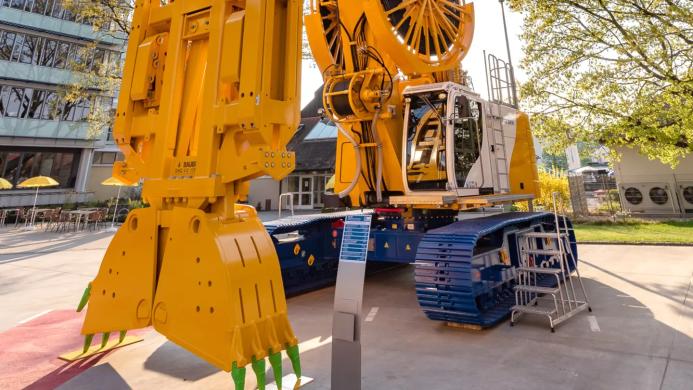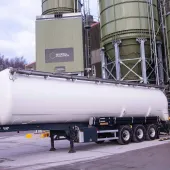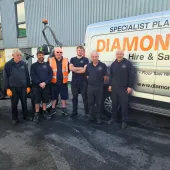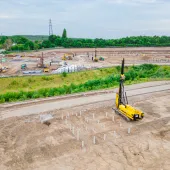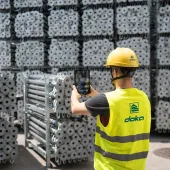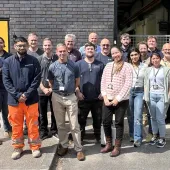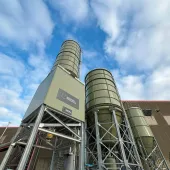AI aids diaphragm wall construction
A three-year research project in Germany has successfully developed an AI-powered assistance system to support operators of specialist foundation equipment, with direct implications for diaphragm wall construction in the UK concrete sector.
The OPAI4DNCS project, funded by the Bavarian Research Foundation, focused on improving the safety and efficiency of operating large mobile hydraulic machinery, particularly for less experienced users. It was a joint effort between Bauer Maschinen, Hawe Hydraulik, STW, and two research chairs from the Technical University of Munich.
The research centred around hydraulic grabs, which are used in the construction of diaphragm walls—a key method for building deep concrete foundations and retaining structures. These walls are often used in infrastructure projects such as tunnels, basements and cut-and-cover transport routes.
The challenge lies in the complex, high-skill operation of the grab, which must stabilise a swinging bucket under heavy loads and variable conditions. Using a “soft sensor” to monitor pressure fluctuations and pendulum movements, the team created an AI-enabled assistance system that helps dampen vibrations and stabilise motion during operation.
A key outcome of the project was a shared-control platform that enables human operators to collaborate intuitively with the AI system. This retrofit-friendly solution can be added to existing machinery without requiring major architectural changes and offers multiple control modes tailored to the operator’s skill level.
The system applies a multi-agent architecture—effectively a decentralised AI model—to deliver flexible, context-sensitive support in real-time. The result is improved performance, reduced errors, and enhanced safety on complex concrete foundation sites.
With UK demand for deep foundation work growing—particularly on infrastructure projects like HS2, Lower Thames Crossing and major metro extensions—this type of AI-human collaboration could help address the construction skills gap, minimise risk, and raise standards in concrete substructure work.

